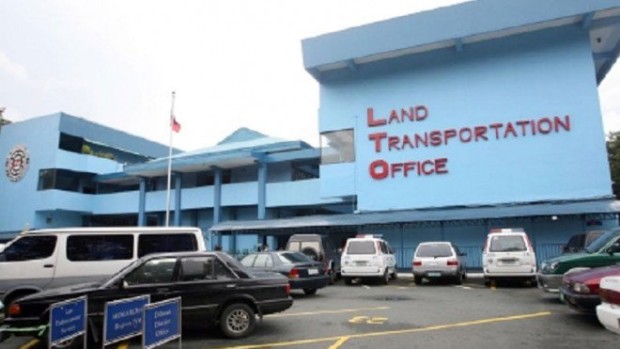
Land Transportation Office. (INQUIRER FILE PHOTO)
MANILA, Philippines — A Private Motor Vehicle Inspection Center (PMVIC) operator has appealed to the Land Transportation Office (LTO) to allow other operators send motor vehicle data despite their system being not the same with the Land Transportation Management System (LTMS).
According to Autoreach owner Chito Cruz, this would make the new LTO Motor Vehicle Inspection System (MVIS) easier to rollout nationwide, as other PMVIC companies can send data about vehicles that would be checked faster.
Cruz’ Autoreach uses equipment from German company Beissbarth which would see no problem connecting with LTO’s systems because it supplies the equipment needed for the LTMS, and is compatible with LTO’s IT provider Dermalog.
However, other companies may experience problems in terms of compatibility if they do not use Beissbarth’s system and equipment.
“It is easier to use Beissbarth products for the LTMS because their software is already compatible with that of the LTO LTMS. There is no more need for API’s (application programming interface) when using Beissbarth machines in motor vehicle inspection centers,” said Cruz.
“However, some PMVIC’s sourced their testing equipment from other suppliers creating an issue on whether they should be accepted into the system or not. These ‘third party’ equipments require API’s or interfaces for their software to connect to the LTO’s LTMS,” he added.
The MVIS is a program of the LTO and its mother agency Department of Transportation (DOTr) aimed at using machines to check vehicles more intently than current systems — in an effort to determine road worthiness of both private and public cars.
Majority of crashes, according to DOTr, were caused by poorly maintained vehicles.
Beissbarth Germany’s Gian Luigi Orzi said that aligning systems from different providers is not much of a problem, as it is only an interface problem.
“The difference between Beissbarth equipment and other motor vehicle inspection equipment is that Beissbarth software is compatible with the LTMS software so there is no need to use an interface and the data is secure because it does not pass through another system,” Orzi said.
With the MVIS, various components of a car — from components found at the underchassis like transmission, chassis frame, possible engine oil leaks, differential, bolts, wirings, and other bushings to the above carriage parts like identifications, windshield condition, wipers, and lights — are checked by an automated system.
The system requires a motor vehicle inspection technician registered by the LTO. This is to ensure that only certified technicians are able to access vital information inside a motor vehicle registration entry, like names and addresses.\
If enforced, this system is seen to usher in a more rigid format of checking vehicles without too much person to person interaction — which would come in handy in avoiding possible coronavirus transmissions.